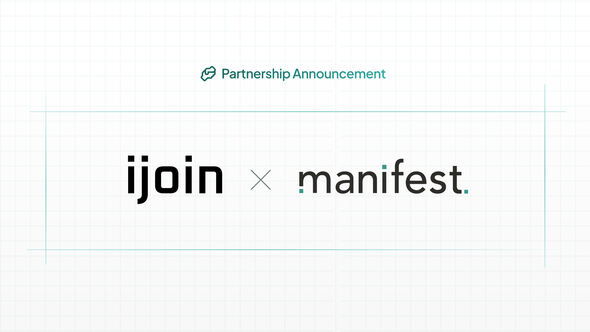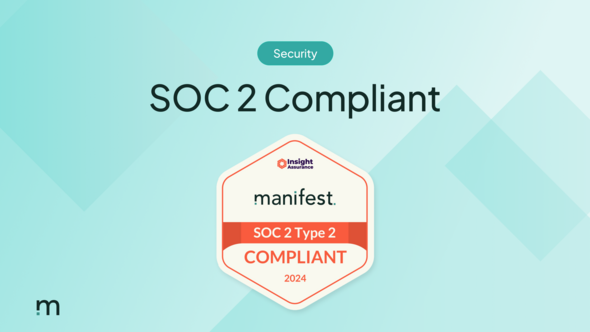As we move into 2025, plan sponsors must stay updated on the latest retirement plan limits and thresholds. These annual adjustments impact plan design, compliance, and participant communication. Let’s break down the key changes for 2025 and their implications for your retirement plan management.
2025 Updates Overview
The IRS reviews and adjusts annual retirement plan limits to account for inflation and other economic factors. For 2025, several notable changes have been announced:
- 401(k) contribution limits: The employee elective deferral limit has increased from $23,000 in 2024 to $23,500 in 2025.
- Catch-up contributions: The catch-up contribution limit for participants aged 50 and over remains at $7,500. However, a new provision allows individuals aged 60 to 63 to make an enhanced catch-up contribution of up to $11,250.
- Defined contribution plan limits: The total contribution limit, combining employee and employer contributions, has increased from $69,000 to $70,000.
- Compensation limits: The annual compensation limit considered for qualified plans has risen from $345,000 to $350,000.
Understanding these changes is crucial for maintaining compliance and optimizing plan benefits for participants. Employers must ensure their retirement offerings remain competitive and align with regulatory requirements, allowing participants to maximize their savings potential.
401(k) Contribution Limits
In 2025, employees can defer up to $23,500 into their 401(k) plans, a $500 increase from the previous year.
The standard catch-up contribution limit for participants aged 50 and above remains at $7,500, allowing a total contribution of $31,000. Notably, for those aged 60 to 63, the enhanced catch-up provision permits an additional $11,250, bringing their total potential contribution to $34,750. This new provision enables older workers to accelerate their savings in the crucial years leading to retirement.
Employers should update payroll systems to reflect these new limits and communicate these changes to employees, emphasizing the benefits of maximizing contributions, especially for those nearing retirement. Educating participants on these limits and potential tax advantages can significantly improve their long-term financial security.
Additionally, plan sponsors should consider hosting educational webinars, distributing clear communication materials, and offering financial wellness programs to encourage employees to fully utilize the increased limits. Clear, proactive education ensures employees understand how these adjustments can positively impact their retirement planning and overall financial health.
Compensation and Testing Thresholds
Several key thresholds have been adjusted for 2025:
- Highly Compensated Employees (HCE): The compensation threshold defining HCEs has increased from $155,000 to $160,000. This adjustment impacts nondiscrimination testing and could influence which employees fall under additional contribution restrictions.
- Key employees: The threshold for identifying key employees in top-heavy testing has risen from $220,000 to $230,000, affecting plan sponsors that must ensure balanced benefit distribution.
- Annual Compensation Limit: The maximum compensation that can be considered for plan purposes has been adjusted from $345,000 to $350,000. This change impacts contribution calculations for high-earning participants and employer match structures.
These adjustments affect nondiscrimination testing and plan design considerations. Sponsors should review their participant data to determine the impact of these changes on compliance testing and make necessary plan adjustments. Regularly monitoring these thresholds helps ensure equitable plan participation and avoids IRS penalties.
Impact on Plan Management
The 2025 updates necessitate several actions from plan sponsors:
- Plan amendments: Review and amend plan documents to incorporate the new limits and thresholds. Ensure that all references to contribution and compensation limits are updated accordingly.
- Participant communication: Inform participants about the increased contribution limits and encourage them to take full advantage of these changes. Highlight the enhanced catch-up contributions available to those aged 60 to 63.
- System updates: Update payroll and record-keeping systems to reflect the new limits. Coordinate with service providers to ensure seamless implementation of these changes.
- Consolidation considerations: Due to the increased contribution limits, participants may have higher account balances. Encourage them to consolidate old retirement accounts into their current plans to simplify management and potentially reduce fees.
Plan sponsors should also ensure that their administrative teams and third-party service providers are aligned with these updates. Sponsors can prevent compliance issues and create a more seamless experience for participants by making these adjustments early in the year.
Additionally, plan sponsors must develop a strategy for ongoing compliance checks and reviews to prevent last-minute errors. Having a structured approach to plan updates ensures that employers remain compliant while minimizing disruptions to plan operations.
Addressing Common Compliance Concerns
Failure to incorporate these updated limits can lead to costly compliance violations and administrative inefficiencies. Plan sponsors should proactively address the following:
- Non-discrimination testing compliance: HCE and key employee thresholds affect testing outcomes. Adjusting plan design to reflect these new limits can ensure fair benefit distribution.
- Contribution monitoring: Employers should work closely with payroll providers to prevent excess contributions and associated tax penalties.
- Plan audit readiness: Updating plan documents ensures readiness for IRS and DOL audits, minimizing the risks of penalties and required corrective actions.
Taking these proactive steps ensures a smooth transition into 2025 while optimizing plan benefits for both sponsors and participants.
How Retirement Consolidation Fits In
With increasing contribution limits, participants have more opportunities to grow their retirement savings. However, many employees still have old accounts scattered across previous employers. Encouraging consolidation helps participants:
- Reduce administrative fees on inactive accounts
- Simplify investment strategy and account monitoring
- Improve overall engagement with their retirement planning
Employers can promote consolidation as part of their benefits strategy, ensuring participants maximize their savings potential under the new 2025 thresholds. Providing tools and resources that make consolidation simple and accessible will help employees make informed financial decisions and strengthen their retirement readiness.
Reviewing Your Plan for 2025: Next Steps for Plan Sponsors
Staying on top of annual changes to retirement plan limits is crucial for effective plan management. The 2025 updates present opportunities to optimize contributions and improve participant outcomes. Employers should thoroughly review their plans to ensure compliance and maximize the benefits of these new limits.
Partner with experts in retirement plan management to assist with plan amendments, participant communications, and consolidation strategies. These steps will help ensure your plan remains compliant and continues to meet the needs of your participants.
With the right adjustments and clear communication, plan sponsors can help participants fully utilize the 2025 retirement limits while maintaining a well-structured, compliant plan. Organizations that proactively implement these changes and provide employees with the necessary guidance will strengthen the foundation for long-term financial security.




